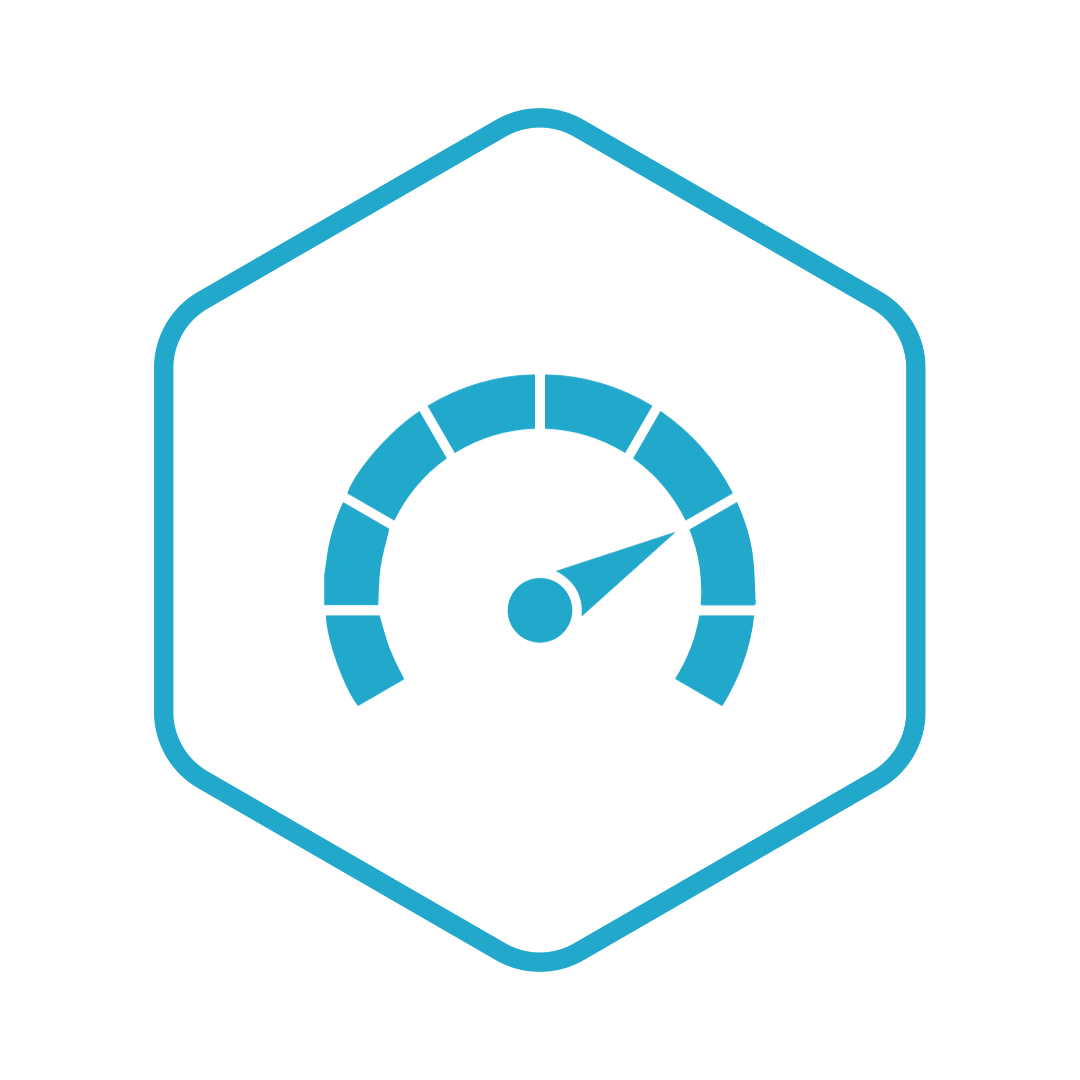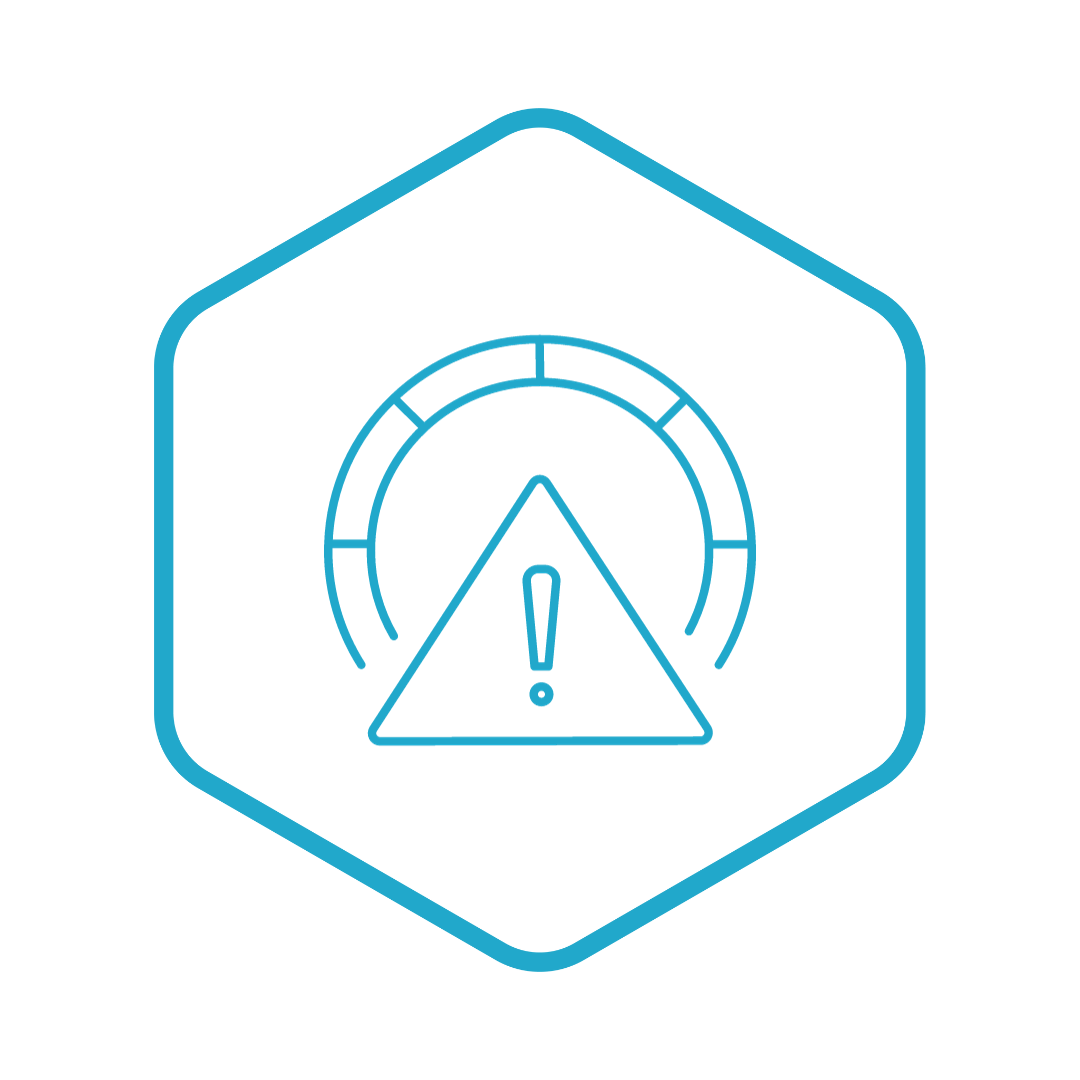Prove
Performance Testing
Performance Testing
A 5-day high-intensity testing project with a clearly defined goal, fixed price, and 110% satisfaction guarantee.
Description
Description
Our Performance Testing service is a Testing Intensive, which is delivered in three distinct phases:
Phase 1: Intake
It all begins with a Mission Briefing initial workshop, which normally takes 1-2 hours. Mission Briefing clarifies your Testing Intensive's goal and turns it into an action plan.
Phase 2: Testing
This phase takes 5 days, usually from Monday to Friday. We test like TestGuru's do, present you the results with concrete action proposals so that you can continue to make your product even more impressive.
Phase 3: Follow-up
Testing results alone won't make your project any better. The actions that follow the results do. We will establish a plan aimed at correcting your quality pain points.
More information on Testing Intensives here.
Pricing
Pricing
The price is fixed €9.450 EUR (VAT 0%).
All the needed tools, licenses, and devices are included in this price. No surprise fees guaranteed!
110% Satisfaction Guarantee
110% Satisfaction Guarantee
We are the best at everything we do. That's why our work comes with a full satisfaction guarantee. If for any reason you want your money back, we will refund +10% of the effort you put in and the lessons we learned!
The guarantee protects not only you but also us. It is not worthwhile for either side to cooperate if success is not likely!
Ask about performance testing and we'll be in touch in the next 24 hours!

The Benefits of Performance Testing
Performance testing plays a crucial role in ensuring the scalability and reliability of your software, ultimately contributing to a positive user experience and your success in real-world conditions.
-

Validate Performance
Ensuring that a system performs well under expected loads is fundamental. Performance issues can directly impact user satisfaction and can even lead to system failures. Validating performance through load testing helps guarantee that the application responds appropriately to user interactions and transactions.
-

Identify Performance Bottlenecks
The ability to pinpoint and address performance bottlenecks is crucial for optimizing the overall system. Load testing helps identify areas of the application or infrastructure that may cause performance degradation under stress. Addressing these bottlenecks can lead to significant improvements in system efficiency and responsiveness.
-

Assess Scalability
Assessing the scalability of a system is vital, especially in dynamic environments where user loads can fluctuate. Load testing provides insights into how well a system can handle increased loads, allowing for informed decisions regarding scalability and capacity planning. This is particularly important for applications that are expected to grow over time.
How does Performance Testing work?
Performance Testing, as we normally interpret this type of testing, evaluates a system's ability to handle a specific amount of load. The primary goal of Performance Testing is to identify the system's behavior under stressful conditions and ensure that it can perform effectively and efficiently even when subjected to high levels of concurrent user activity.
Collapsible content
Phase 1: Scoping
The first thing is to identify the specific goals of the Performance Testing. This is done in a 1-2 hours long Mission Briefing initial workshop.
The main part of the goals is to determine the critical user scenarios or transactions that need to be tested. This could include common user interactions, data processing, and other relevant activities.
Also, the essential preparations are decided in Mission Briefing, e.g. testing environment and test data, connections to the environment, testing schedule.
Phase 2: Scripting
After the scoping is properly and thoroughly done, and the scheduled testing week arrives, we start by developing scripts that simulate the user interactions with the system. These scripts mimic real-world scenarios and cover the identified key scenarios.
Scripting phase takes usually 2-3 days, which means from Monday to Wednesday as the Testing Intensive is 5 days long.
Phase 3: Testing
After the scripts are created and verified to be working properly, we run the tests using the defined test scenarios and needed load parameters. The load testing tool generates virtual users that simulate real users interacting with the system simultaneously.
Depending on the Performance Testing goals, various tests are executed. Normally, the testing phase settles on Wednesday-Thursday axis of the testing week.
Phase 4: Analyzing
When all needed tests are run, we analyze the collected data to assess the system's performance under different load conditions. Identifying any performance issues, such as slow response times, errors, or resource constraints are in focus here.
Analyzing the test results begins when the first test is run and it's concluded on the last day of Testing Intensive when the reporting happens.
Phase 5: Reporting
Load test reporting is a critical aspect of the load testing process, providing insights into the performance of a system under various conditions. These reports typically include key metrics such as response times, throughput, error rates, and resource utilization. Reports also highlight performance bottlenecks, scalability issues, and recommendations for optimization.
Clear and concise load test reports assist development teams and decision-makers in making informed decisions about system improvements, resource allocation, and ensuring the overall reliability and efficiency of the software or application.
When the test results have been thoroughly analyzed and the report is created, we have a test results' review meeting with the client, so everyone gains proper knowledge on what should be done next.

Your Load Testing Gurus: Barons of Performance
Who the hell are Barons of Performance!? Jussi Niittyviita and Jarkko Tauriainen have over 25 years of combined experience in load testing from over 50 different Load Testing projects. They know what they're doing
Available Testing Intensives
-
Performance Testing
Regular price €9.450,00 EURRegular priceUnit price / per -
Penetration Testing
Regular price €9.450,00 EURRegular priceUnit price / per -
QA Strategy
Regular price €14.900,00 EURRegular priceUnit price / per -
Mobile Testing
Regular price €7.900,00 EURRegular priceUnit price / per